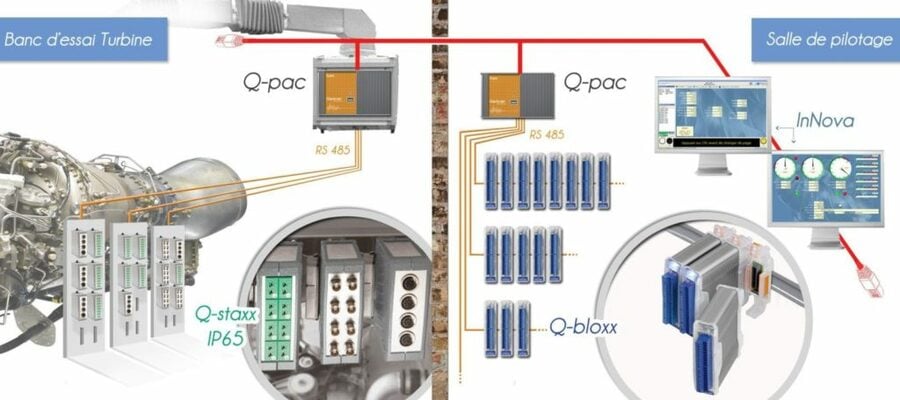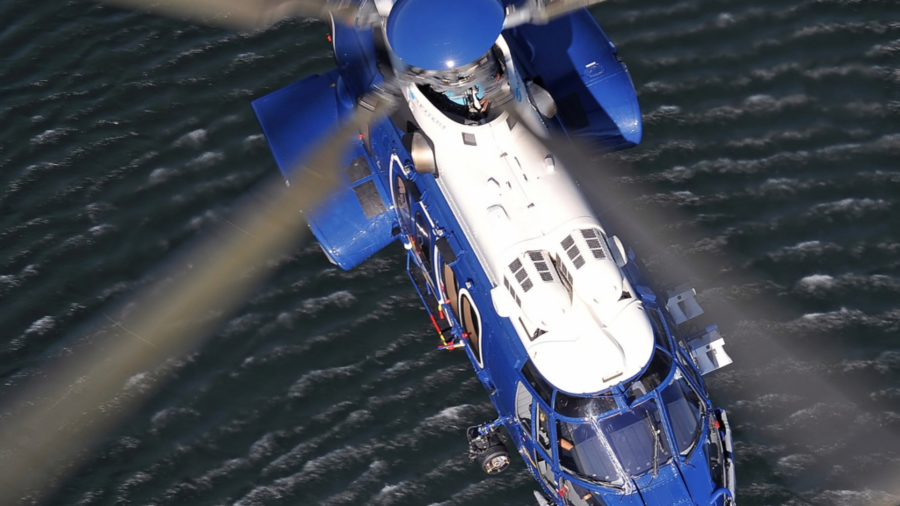All turbines are tested for their mechanical and thermodynamic behavior.
The main requirements for this type of testing are:
- Acquisition of hundreds of measurement channels in the kHz range
- Galvanic isolation up to 1200 V
- Signal Conditioning
- Robustness and modularity
- Synchronized recording of all channels
- Measurement system can be synchronized to an external time reference
(NTP or IRIG)


More articles
China International Battery Fair 2024
Gantner Instruments at China International Battery Fair at the Chongqing International Expo Center, from April 27th to 29th, 2024.
Read more...GI.training in NRW in September 2024
GI.training near you: we will be in NRW for GI.basic training on Sept 25 and for GI.professional training on Sept 26, 2024
Read more...Wünderla ko
“Wünderla ko" on September 16, 2023 from 10 am - 4 pm along Montafonerstrasse 4-21 in Schruns.
Read more...Q.bloxx A105 CR Cryo Module with Extended Range
Cryo Technology is a rapidly growing market and therefore more and more new sensor kinds appear. A clear trend is that these cryogenic temperature sensors move to higher resistance. With Gantner’s cryo module – the Q.bloxx A105 CR – a measurement range of up to 25kohms is now possible. The module is available as standard DIN rail module, or as Q.brixx/Q.raxx with 4 times 4-pole-LEMO (ERA.1S.304.CLL).
Read more...